Jigen-in Temple
The city’s only National Treasure, the Tahōtō Pagoda, and the Important Cultural Property, the Main Hall (Kondō), create a spectacular sight.
Sect: Shingon Omuro Sect
Jigen-in Temple, the oldest temple in the Senshu region, was founded in 673 (Tenmu 2).
The elegant Tahōtō Pagoda, built during the Kamakura period, is one of Japan’s Three Great Tahōtō Pagodas, alongside those at Ishiyama-dera and Kongō Sanmai-in on Mount Kōya. Standing at just over 10 meters, it is said to be Japan’s smallest pagoda and is designated as the only National Treasure in Izumisano City.
Next to the pagoda stands the Main Hall (Kondō), an Important Cultural Property, offering a glimpse into the temple’s rich history. Visitors can admire the breathtaking seasonal beauty of the temple grounds while reflecting on the past.
Next to the ‘Tahōtō’ (pagoda) is the main hall (Kondo), an important cultural asset, where visitors can contemplate the past while enjoying the seasonal beauty of the grounds.
To visit Jigen-in Temple, please make an advance reservation and pay the admission fee. Be mindful not to step on the carefully maintained moss as you explore this sacred site.
To visit the ‘Tahōtō’ (pagoda) and ‘Main Hall (Kondō)’ at Jigenin, advance booking and entrance fees are required. When visiting, be careful not to step on the moss as you walk around these sacred sites.
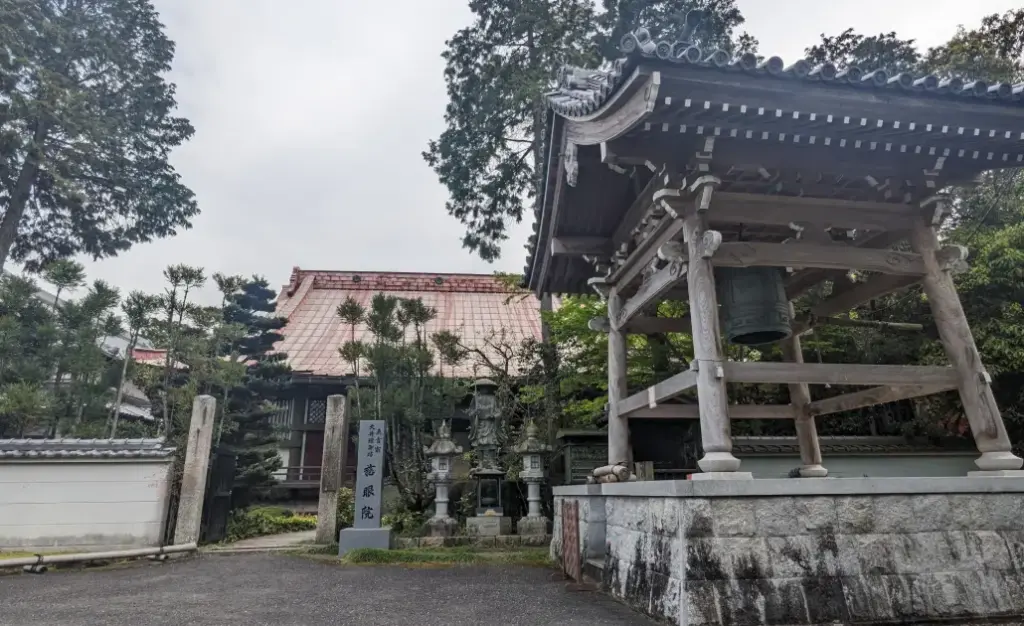
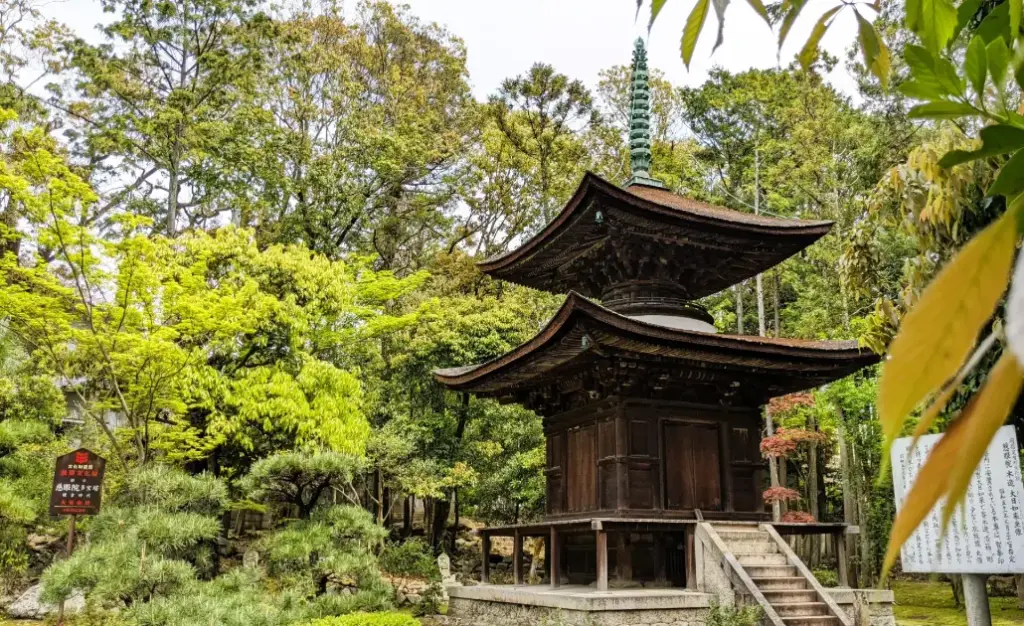
📌 Basic Information
📍Jigen-in Temple
📍慈眼院
| 📅Reservation | https://www.jigenin.or.jp/contact/ |
| 📞Phone | 072-467-0092(Japanese Only) |
| 🏠Address | 626 Hineno, Izumisano |
| 🚉 Access | From Nankai Izumisano Station or JR Hanwa Line Hineno Station, take the Nankai Bus and get off at Higashiue Bus Stop . The temple is right nearby. |
| 🚗Parking | Free designated parking available |
| 🕒Visiting Hours | 8:00 – 16:00 ※ Advance reservation is required for visiting. |
| 💴Admission Fee | ¥300 per person (for viewing the National Treasure Tahōtō Pagoda and Important Cultural Property Kondō). |
| 🙏Main Blessings | Household Safety Traffic Safety Good Health Recovery from Illness Academic Success & Passing Exams |
| 💳 Prayers for Ancestors | (Please offer a special incense stick with prayers written on it in front of the Main Hall as part of your visit. Incense Stick: ¥100 each) Payment Methods:Cash (Japanese yen) |
🔗Official Website:https://www.jigenin.or.jp/
🌐 Social Media:
ℹ️Detailed Information
Founded in 673 (Tenmu 2) as an imperial temple under the decree of Emperor Tenmu, Jigen-in Temple was established by Ajari Kakugō.
During the Tenpyō era (729–749), the temple was granted a landholding capable of producing rice to sustain 1,000 people annually, further elevating its status as an imperial temple under Emperor Shōmu.
In the early Edo period(1603-1868), the temple received patronage from Lord Okabe, the feudal lord of Kishiwada, leading to extensive renovations of the temple complex. At that time, Seishō Monseki, the head priest of Ninna-ji Temple in Kyoto, bestowed the temple with the official title “Jigen-in”, making it a sub-temple of Ninna-ji, a status it retains to this day.
The Tahōtō (pagoda) and Main Hall (Kondō) can only be viewed from the outside. Access to the interior is limited to January 1st to 3rd during the New Year period.
📌 Visiting Information
To visit the National Treasure Tahōtō Pagoda and the Important Cultural Property Kondō, advance reservation is required.
💴Admission Fee
• ¥300 per person
⚠️Important Notes
• On certain days, visits may not be possible due to religious ceremonies.
• Groups of more than 4 persons cannot be accepted. Please understand.
★ For interpreter guide reservations, click here:
🔗 Izumisano Area Guide Association
⭐Highlights
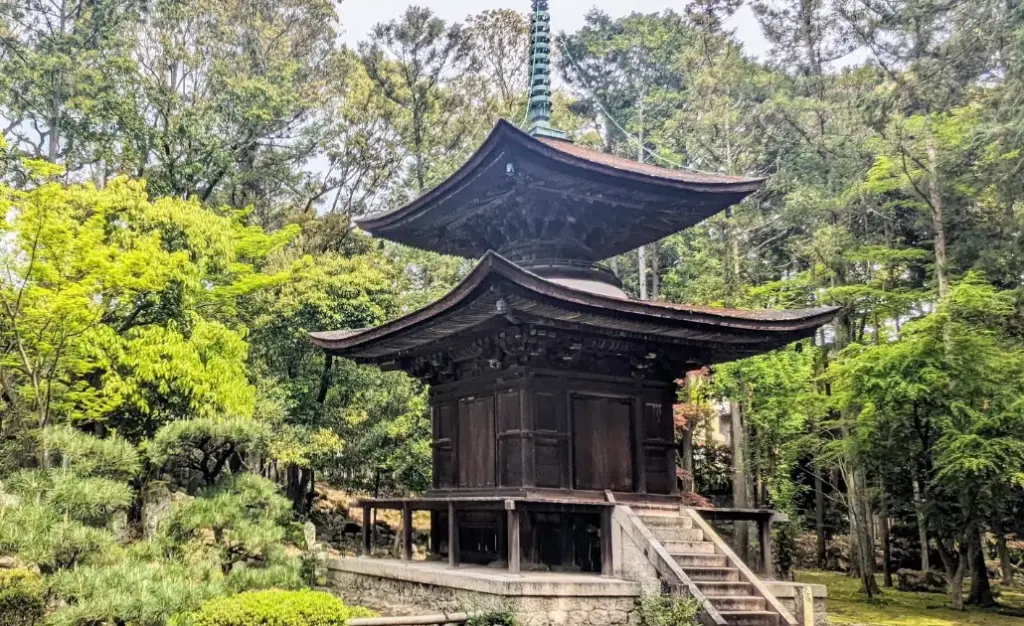
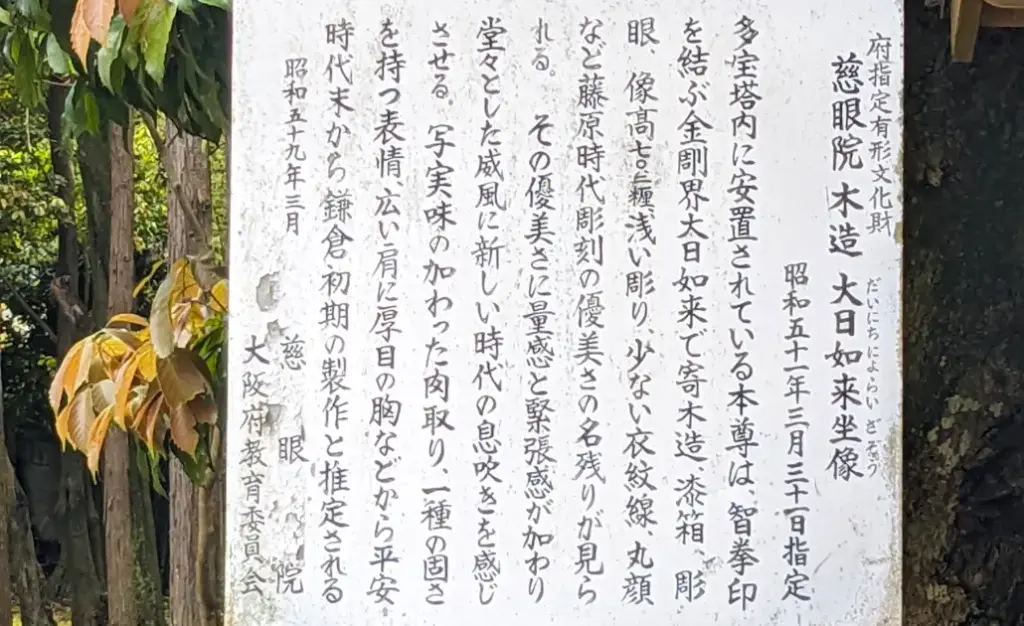
◆ The Only National Treasure in the City: Tahōtō Pagoda
Built during the Kamakura period, this Tahōtō Pagoda is the smallest of its kind, yet its elegance and refined beauty are unparalleled. It is recognized as one of Japan’s Three Great Tahōtō Pagodas, alongside those at Ishiyama-dera and Kongō Sanmai-in on Mount Kōya.
Currently, only six Tahōtō Pagodas in Japan are designated as National Treasures, and this is one of them. Inside, the Dainichi Nyorai (Vairocana Buddha) is enshrined.
As a masterpiece of Kamakura-period architecture, visitors are encouraged to appreciate its historical charm and intricate design.
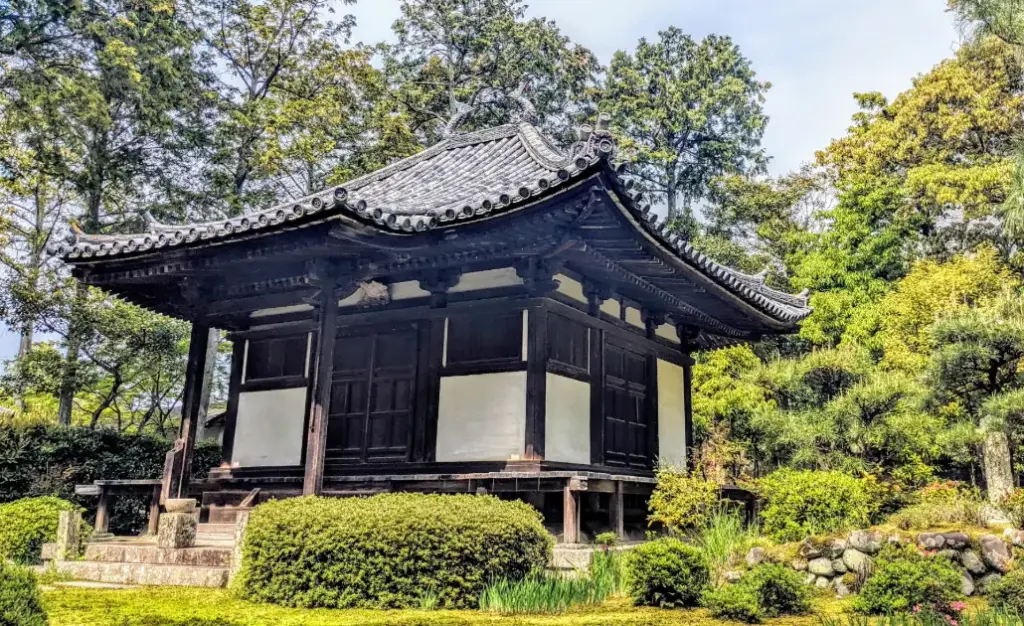
◆ Important Cultural Property: Kondō (Main Hall)
Built during the Kamakura period, this modest yet elegant hall exemplifies the refined architectural style of that era.
The term “Kondō” refers to the main hall of a temple, where the most sacred and important objects are enshrined. Inside, this hall houses Yakushi Nyorai (Medicine Buddha) and Bishamonten (Vaisravana, the Guardian King of the North).
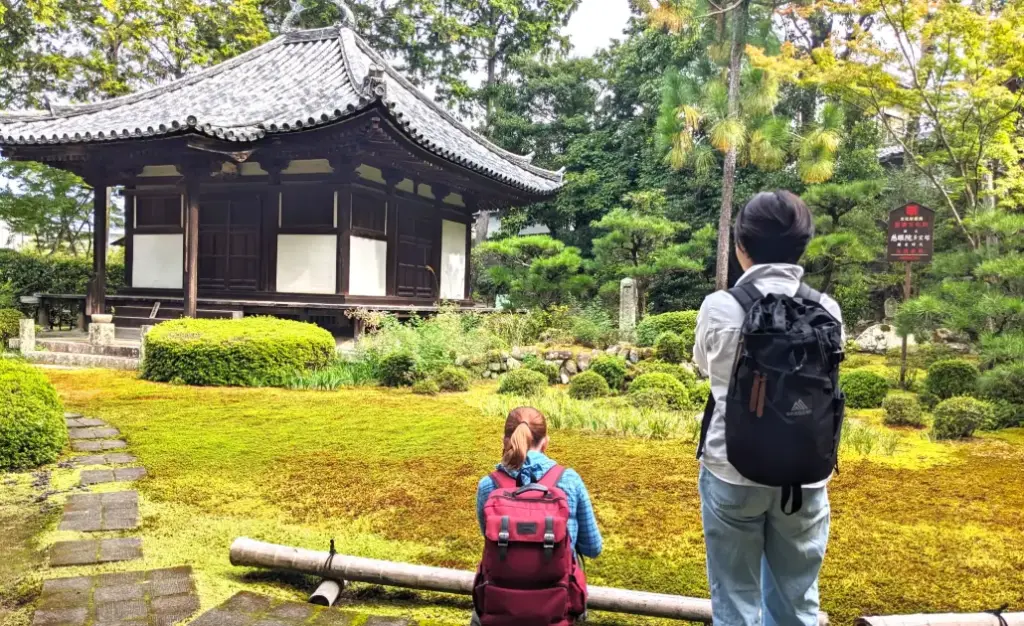
◆ Temple Grounds
The contrast between the historic Kamakura-period architecture and the vibrant greenery of moss and trees creates a majestic and serene atmosphere—one of the defining features of Jigen-in Temple.
Each season offers a unique beauty, but during the rainy season, the moisture brings the moss to life, making the scenery especially captivating. To help preserve this breathtaking landscape, visitors are kindly asked to walk on the stone paths and avoid stepping on the moss.
The temple grounds are also designated as a National Historic Site as part of the Hineno-shō Ruins.
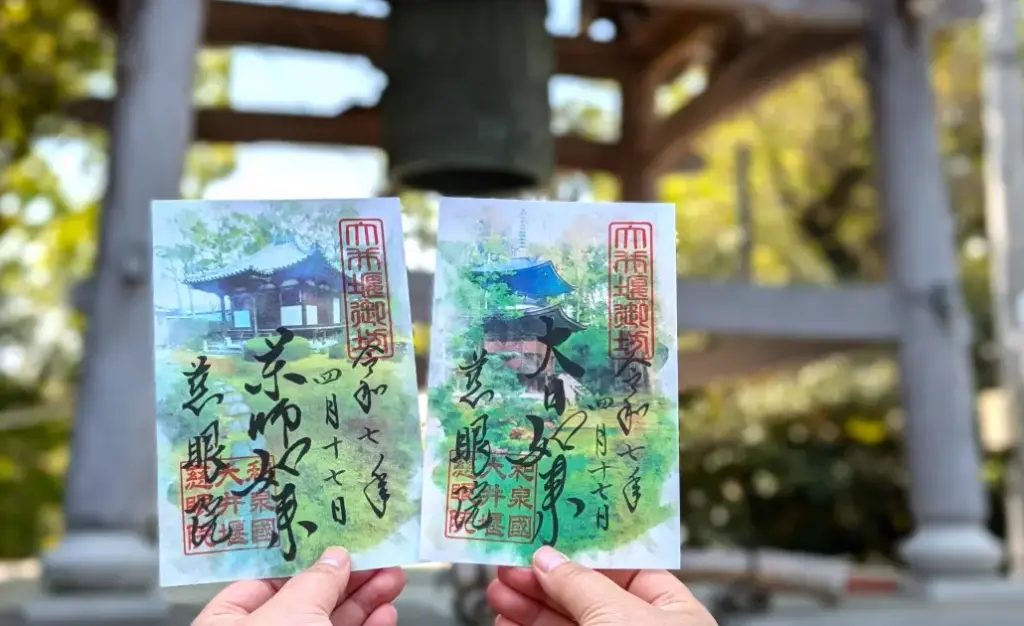
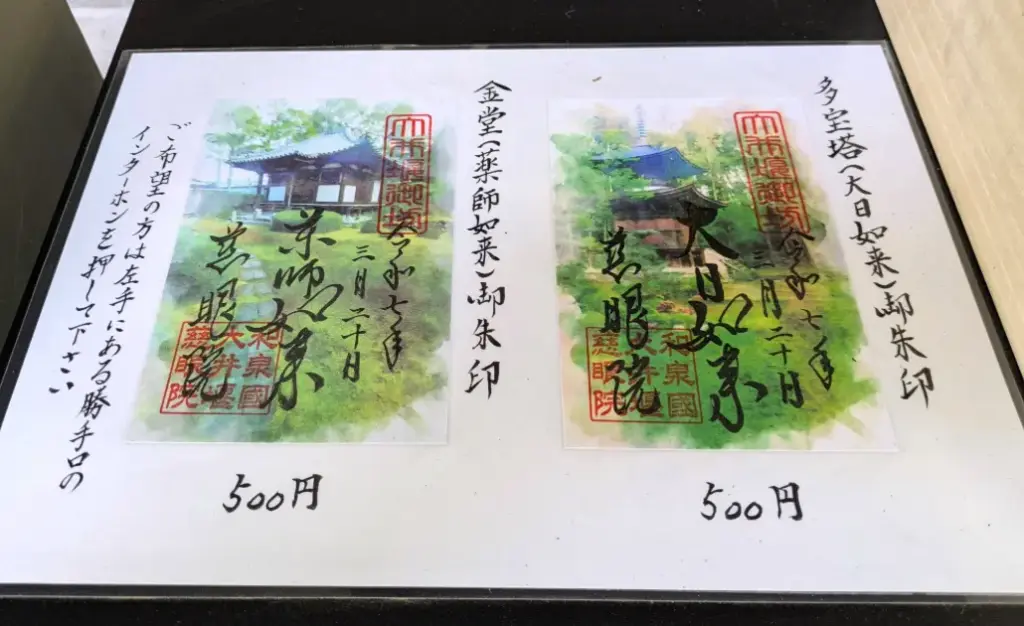
◆Goshuin (Stamp & Calligraphy)
A new Goshuin (Stamp & Calligraphy) from Jigen-in, designed to preserve the memory of your visit. It features illustrations of the Kondō (Main Hall) in a bright green and the Tahōtō (Multi-storied Pagoda) in a deeper green to create depth. Special paper is used, and each character is carefully handwritten.
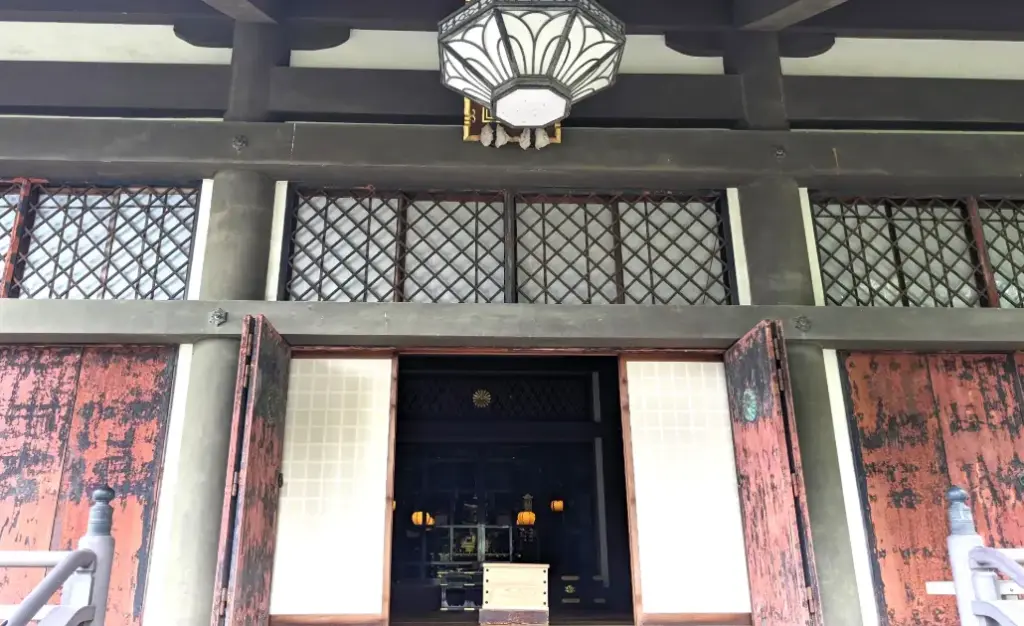
◆ Zazen Meditation Session
A Zazen meditation session is held once a month on a Saturday, starting at 6:30 PM with a guest instructor. (Japanese Only)
• Participation Fee: ¥500
• Open to Everyone
• Venue: Hondō (Main Hall) – Please arrive directly by the start time.
For more details, please visit the Jigen-in Temple official website.
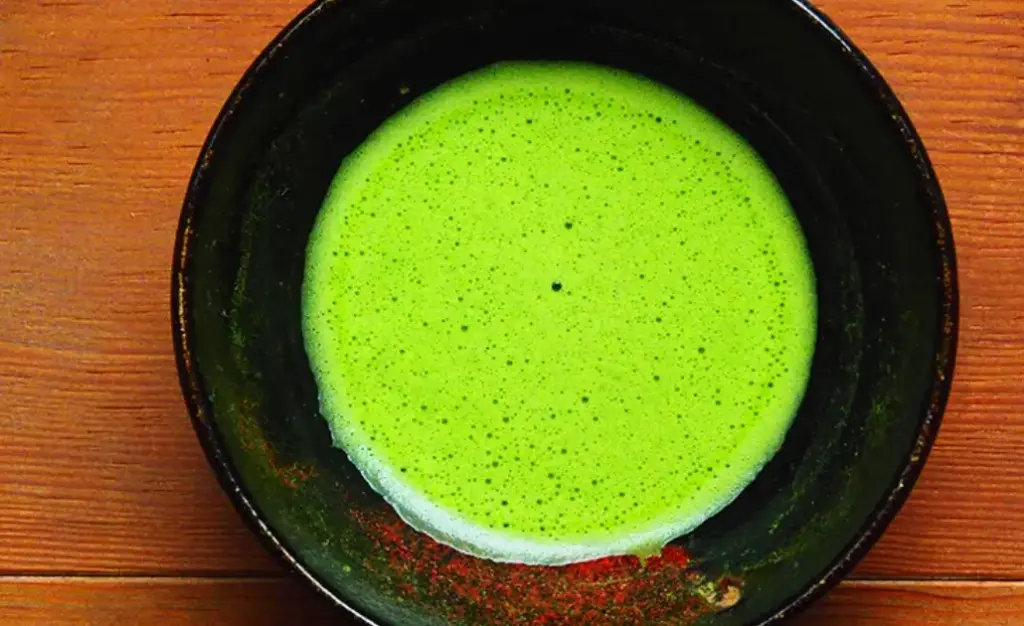
◆Tea Ceremony Experience
Enjoy the elegance and depth of Japanese tea ceremony (sadō) in a serene space located within the temple grounds, where you can view the National Treasure Tahōtō (Multi-storied Pagoda) and the Kondō (Main Hall). Surrounded by a sacred atmosphere, this experience invites you to slow down and appreciate the beauty of Japanese culture through a traditional tea ritual.
・Fee: ¥2,000 per person (for 2–6 participants)
・Duration: About 1 hour (may take longer for larger groups)
For more details, please visit the Jigen-in Temple official website. (Japanese Only)
🏞️Recommended Nearby Attractions
![]() Restaurants / Shrines and Temples / Accommodations, etc.
Restaurants / Shrines and Temples / Accommodations, etc.


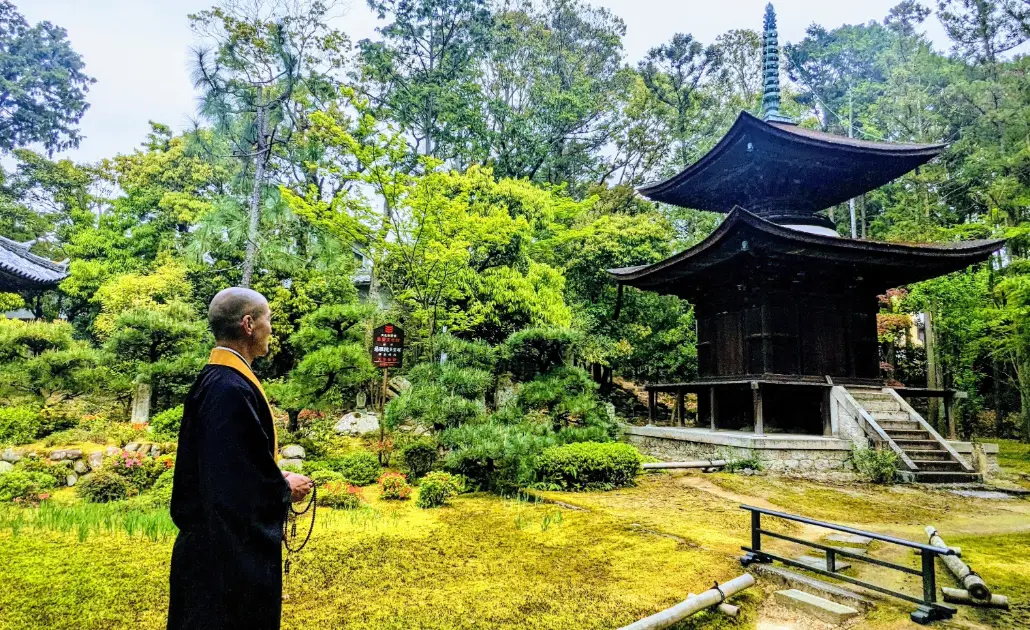
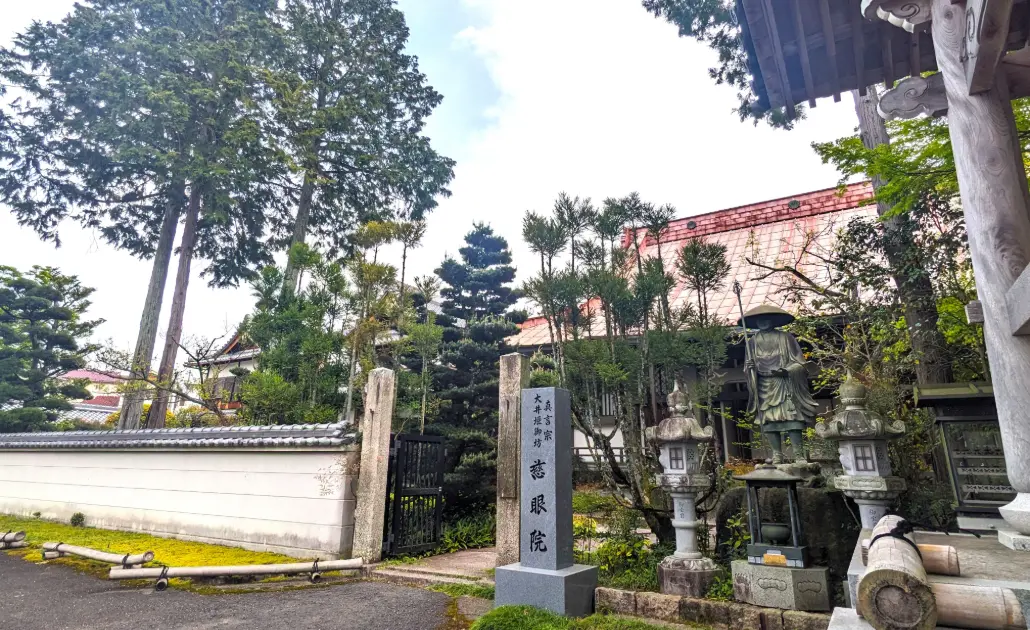
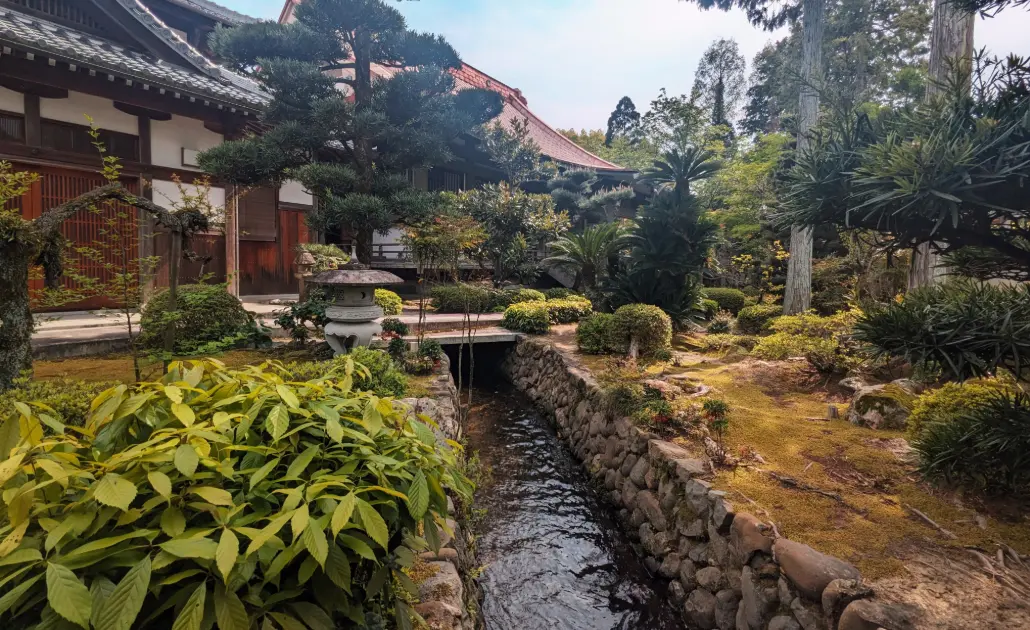
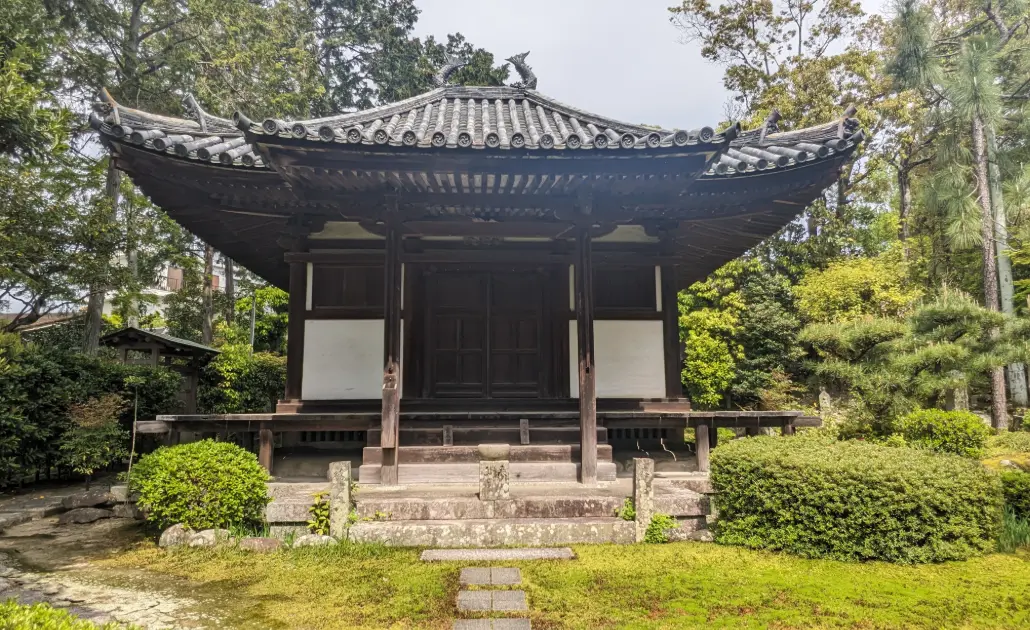
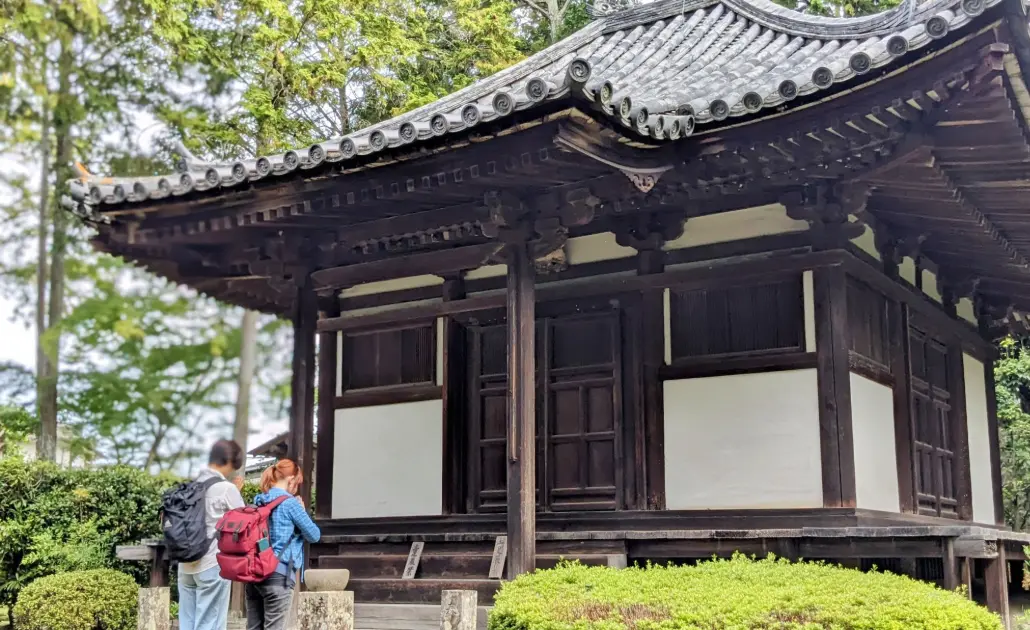
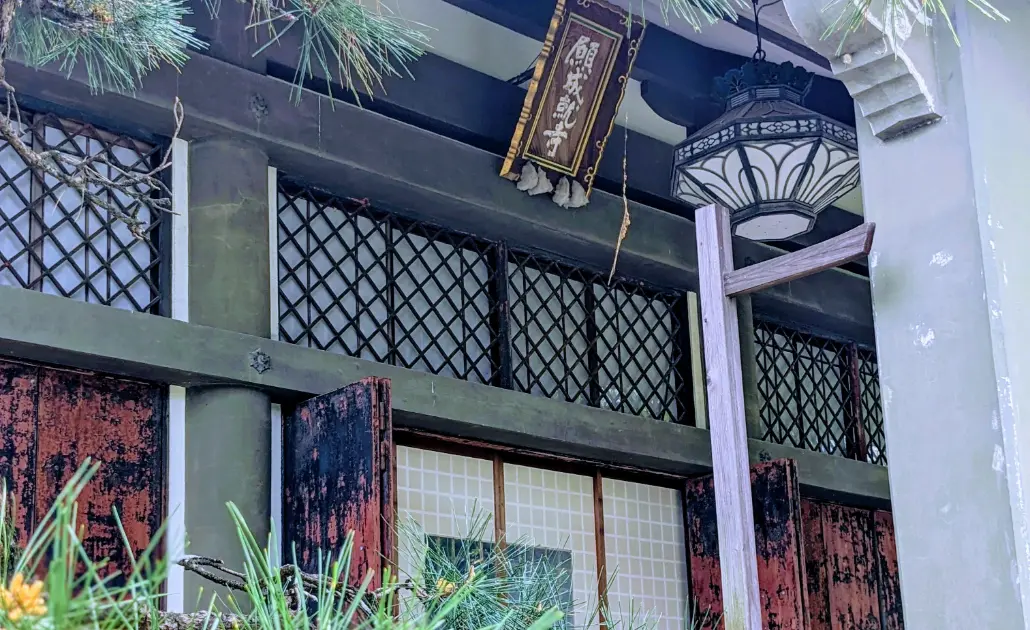
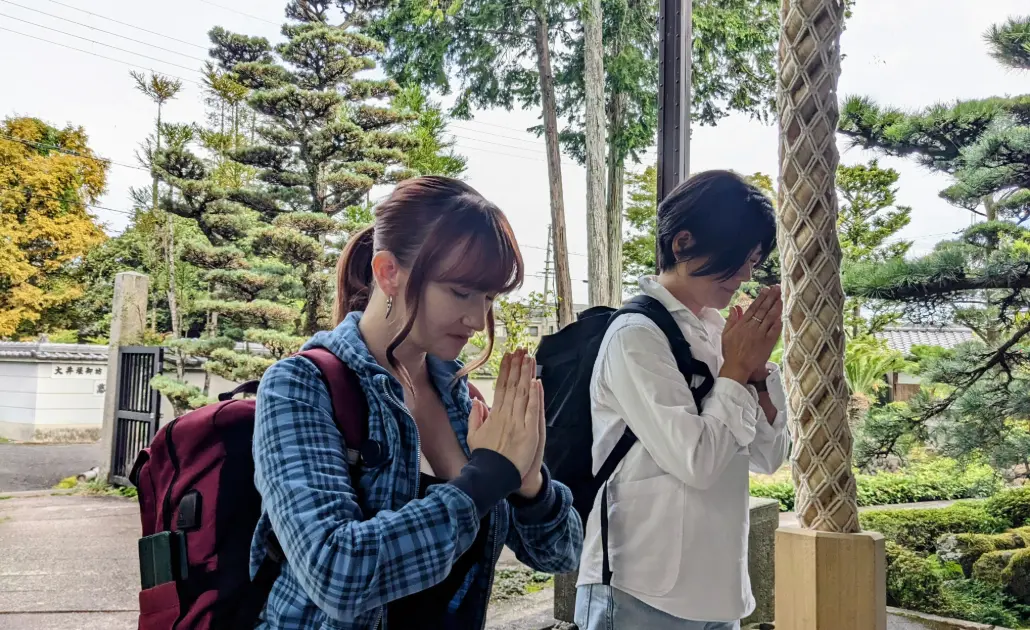
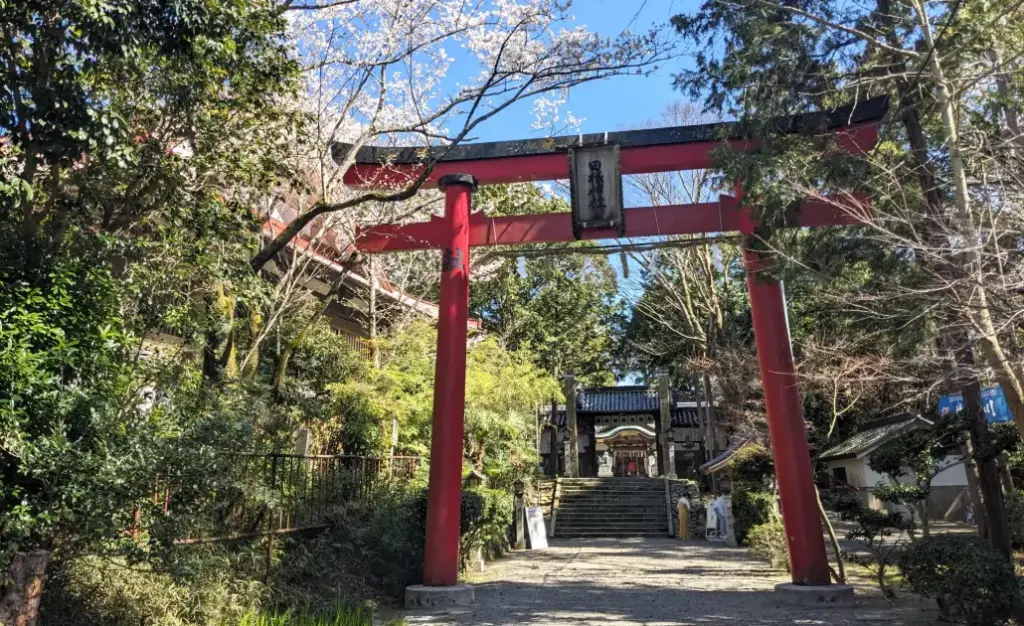
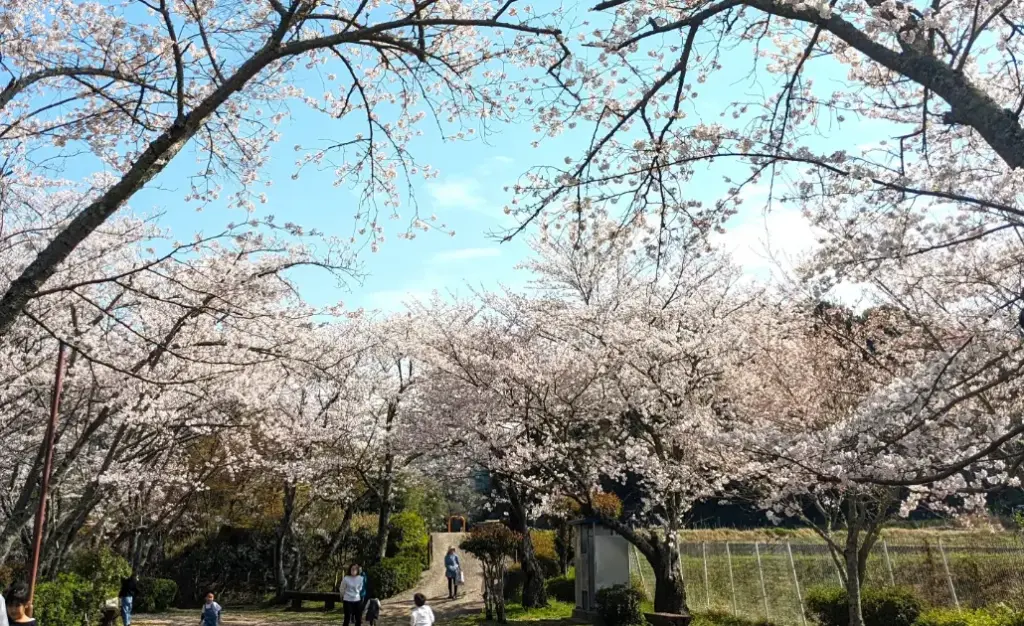
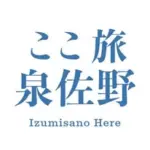

Comment